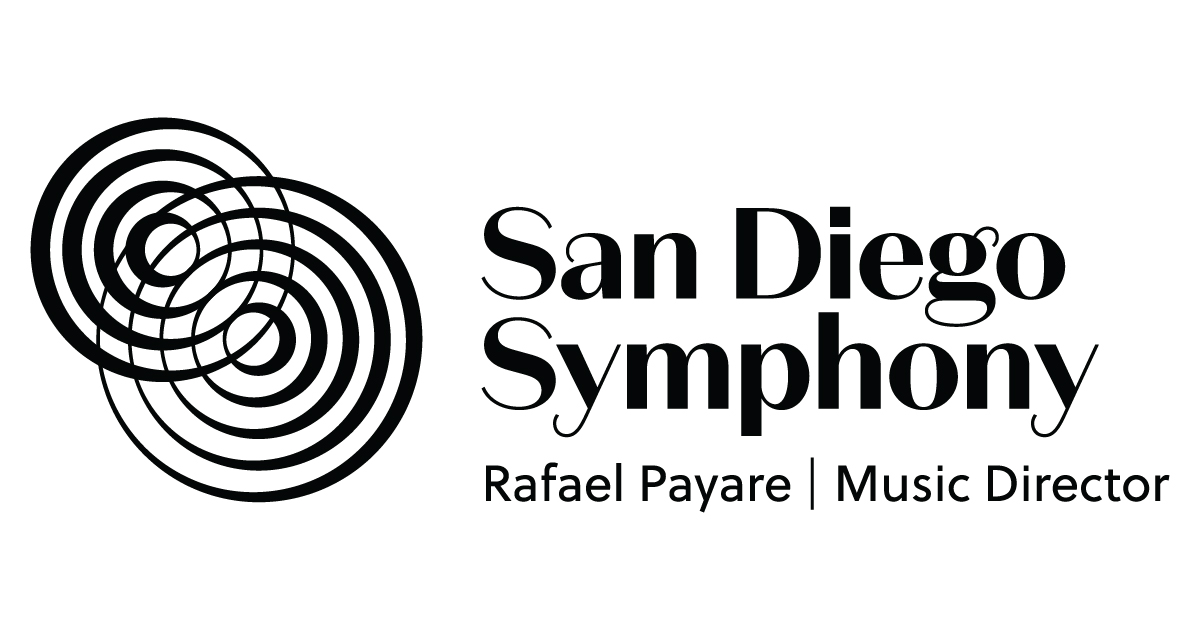 Dining
Dining
For pre- and post-concert dining, drinks and desserts, there are many options near our Downtown San Diego home.

Rafael Payare, conductor
Inon Barnatan, piano
Paul Merkelo, trumpet
R. STRAUSS: Don Juan, Op. 20
SHOSTAKOVICH: Piano Concerto No. 2 in F Major, Op. 102
SHOSTAKOVICH: Piano Concerto No. 1 in C minor, Op. 35
R. STRAUSS: Till Eulenspiegels lustige Streiche, Op. 28
Conducted by Music Director Rafael Payare and featuring pianist Inon Barnatan, this program highlights the humorous side of classical music in works by Richard Strauss and Dmitri Shostakovich. Strauss wrote his tone poem Don Juan when he was just 24 years old. The work, inspired by the same figure of legend as Mozart’s Don Giovanni, was the young composer’s first international success, while Till Eulenspiegels lustige Streich depicts the misadventures of the German folk hero Till Eulenspiegel. Shostakovich’s Piano Concerto No. 2, written for his son Maxim’s 19th birthday (and for Maxim to play at his conservatory graduation exam), is an uncharacteristically cheerful piece. Shostakovich’s wrote his Piano Concerto No. 1 during the height of his early career for himself to play; it is sardonic and tongue-in-cheek, quoting and parodying several well-known pieces.
Choose a date below to see details.
| Time |
7:30 p.m. |
| Venue |
Jacobs Music Center |
| Ticket Price |
-- |
| Time |
7:30 p.m. |
| Venue |
Jacobs Music Center |
| Ticket Price |
-- |
| Time |
2 p.m. |
| Venue |
Jacobs Music Center |
| Ticket Price |
-- |

For pre- and post-concert dining, drinks and desserts, there are many options near our Downtown San Diego home.

The 701B parking facility (701 B Street, 92101, just one block south of the Jacobs Music Center) will be available for parking on concert nights. Prepaid parking is also available in this facility. (See Parking Page at the link below for pricing details.)
Valet parking, provided by ABM Parking, is available for all Friday and Saturday evening Jacobs Masterworks concerts.
MORE JACOBS MUSIC CENTER PARKING OPTIONS COMING SOON!
FOR TICKET SERVICE E-MAIL
TICKETS@SANDIEGOSYMPHONY.ORG